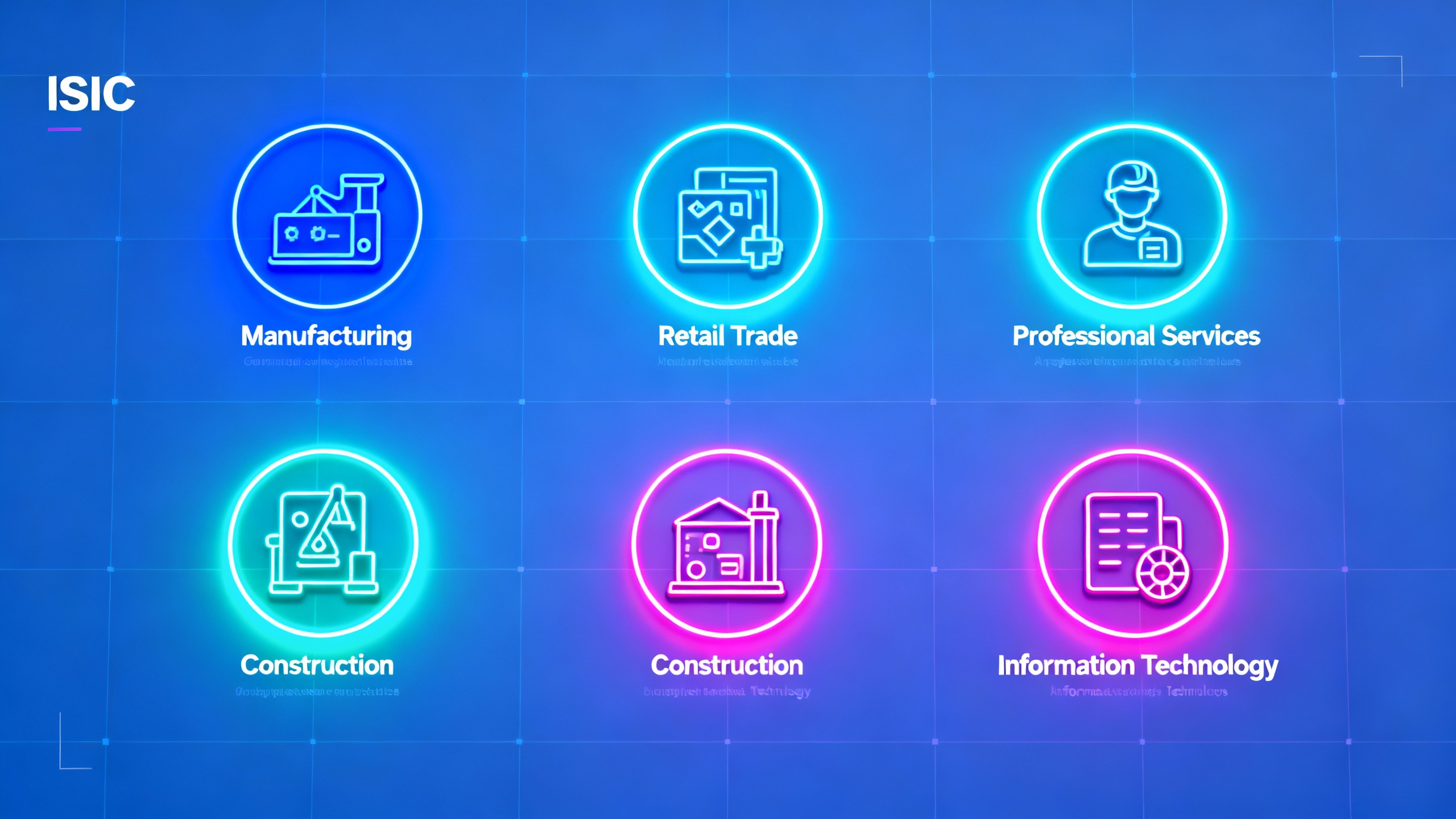In today’s fast-paced global market, effectively classifying your business is crucial for compliance, market analysis, and strategic planning. One of the most reliable and widely used systems for business classification is the ISIC categories. Understanding ISIC categories—the International Standard Industrial Classification of All Economic Activities—can unlock significant advantages for your business, from streamlining communication with government agencies to enhancing market research accuracy.
This article explores the importance of ISIC categories, how they can be applied for business classification success, and how tools like Classifast.com can simplify the process of obtaining the right classification codes quickly and accurately.
What Are ISIC Categories?
ISIC, developed by the United Nations, provides a global standard for classifying economic activities. The system divides industries into categories based on similar production processes or economic activities, enabling consistent data collection, comparison, and analysis across countries.
ISIC categories are organized into a hierarchical structure with sections, divisions, groups, and classes, each representing increasing levels of detail. For example:
- Section C: Manufacturing
- Division 10: Manufacture of food products
- Group 105: Manufacture of dairy products
- Class 1050: Manufacture of dairy products
Using ISIC categories permits businesses to classify their operations precisely, which is vital for compliance with international trade regulations, taxation, and industry benchmarking.
Why ISIC Categories Matter for Businesses
1. Facilitates International Trade and Compliance
By using a universally recognized classification system, businesses can easily align their operations with regulatory bodies worldwide. Governments and international organizations often require businesses to submit reports based on ISIC categories to facilitate monitoring, taxation, and compliance. Proper classification reduces errors and streamlines communication in cross-border transactions.
2. Enables Accurate Market Analysis
Understanding your industry’s ISIC classification allows you to benchmark against competitors and perform accurate market research. Economists and statisticians rely on ISIC categories when gathering data for economic forecasts and industry analysis, helping businesses stay informed on market trends.
3. Enhances Strategic Decision-Making
When your business operations are clearly categorized, it becomes easier to identify opportunities and risks within your sector. Whether you’re planning to expand, diversify, or streamline operations, ISIC codes offer a structured way to analyze your business environment.
4. Simplifies Reporting and Taxation
Government tax agencies and statistical offices often use standard classifications based on ISIC. Selecting the correct ISIC category can simplify tax filing and ensure your business qualifies for any sector-specific incentives or reporting standards.
How to Identify Your ISIC Categories Correctly
Identifying the right ISIC category for your business can sometimes be challenging, especially if your operations span multiple sectors. Here are some practical steps to guide you:
- Outline Your Core Business Activities: Clearly describe the goods or services you provide.
- Consult the ISIC Manual: Review the detailed descriptions of ISIC classes.
- Use Classification Tools: Tools like Classifast.com allow you to input a text description of your business activity and receive accurate ISIC category suggestions instantly.
- Seek Expert Guidance: When in doubt, consulting industry experts or business analysts can ensure you choose the most appropriate classification.
Leveraging Classifast.com for Seamless Business Classification
Manually sifting through classification manuals can be time-consuming and prone to mistakes. That’s where Classifast.com comes in handy. Classifast provides an instant classifier and category search for UNSPSC, NAICS, ISIC, ETIM, and HS codes, allowing businesses to quickly get accurate ISIC categories from any text description of their products or services.
Using Classifast, you can:
- Save hours of manual research by entering a simple text description of your business activities.
- Access a comprehensive database that includes international standards like ISIC, ensuring your classification is globally recognized.
- Improve accuracy in classification to reduce compliance risks and avoid potential penalties.
This innovative tool is a game-changer for businesses aiming to streamline their classification process and align with international standards effortlessly.

The Benefits of Classifying Your Business Using ISIC Categories
To summarize, using ISIC categories for your business classification offers several key benefits:
- Global Standardization: Uniform classification across countries promotes better international cooperation.
- Improved Data Quality: Reliable classification enhances economic data accuracy for governments and enterprises.
- Compliance Assurance: Easier adherence to tax, legal, and regulatory requirements.
- Enhanced Market Intelligence: Facilitates competitive analysis and sector benchmarking.
Frequently Asked Questions About ISIC Categories
1. What are ISIC categories, and why are they important?
ISIC categories are a system developed by the United Nations to classify economic activities worldwide. They are important because they provide a consistent framework for statistical analysis, regulatory compliance, and business benchmarking across countries.
2. How can I find the correct ISIC category for my business?
You can find your ISIC category by reviewing the ISIC classification manual, describing your business activities clearly, and leveraging online tools like Classifast.com, which can instantly suggest appropriate ISIC categories from your business description.
3. What is the difference between ISIC and NAICS codes?
ISIC is an international classification system developed by the UN, while NAICS (North American Industry Classification System) is used primarily in the U.S., Canada, and Mexico. Both classify industries but differ in structure and geographic scope.
Authoritative Resource for Further Reading
For a detailed explanation and comprehensive guide to ISIC categories, you can visit the United Nations Statistics Division website. They provide clear documentation on the ISIC structure and applications, which can be invaluable for businesses looking for official classification methods (source).
Conclusion: Harness the Power of ISIC Categories Today
In an increasingly interconnected economy, unlocking the power of ISIC categories is key to business classification success. Whether for improving compliance, gaining market insights, or facilitating international trade, the right classification can give your business a competitive edge.
Don’t let classification complexities hold you back! Use reliable resources like Classifast.com to instantly find the correct ISIC categories and align your business activities with international standards effortlessly. Take charge of your business classification today and pave the way for better decision-making and industry success. Visit Classifast.com to get started now!
